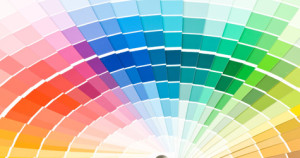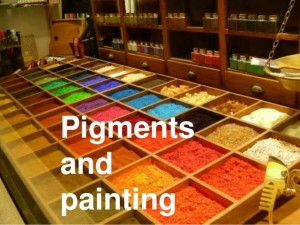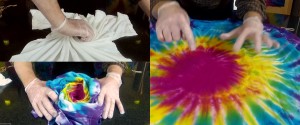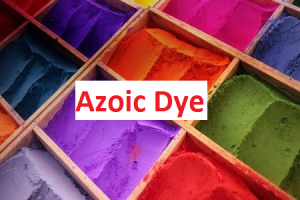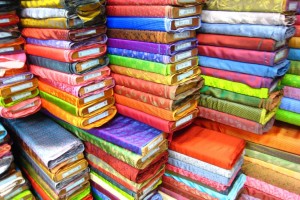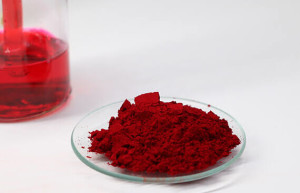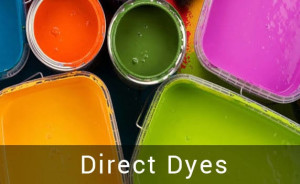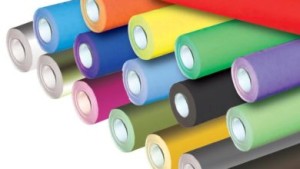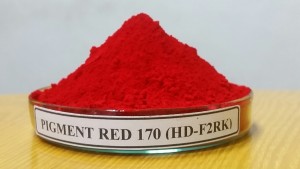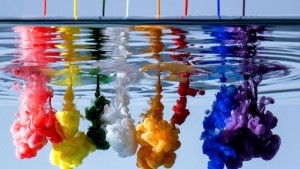
Solvent Dyes are the perfect soluble in the non-polar mediums known for its versatility. The Solvent Dyes have been used in a variety of applications that include the inks, plastics, petroleum, and many more. In the modern-day, the Solvent Dyes have been widely used for coloring in the automotive industry and industrial cutting. Expert Solvent dyes Manufacturers offers the perfect Solvent Dyes in the most exclusive range with extreme strength, purity as well as solubility.
Continue reading Choosing The Best Quality Solvent Dyes For Perfect Application
